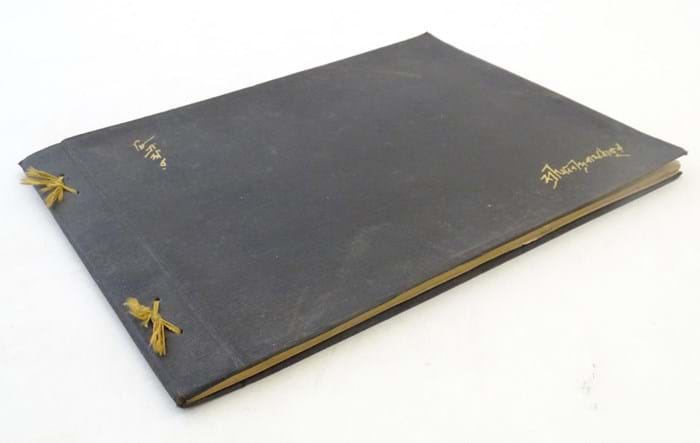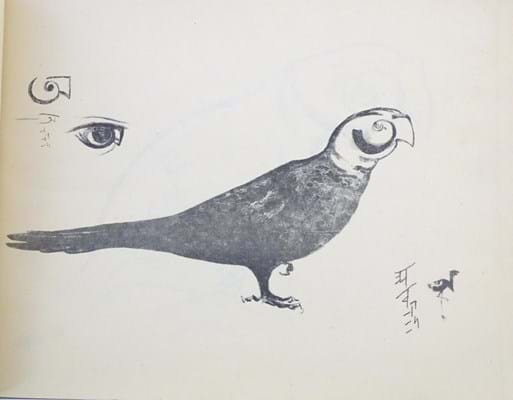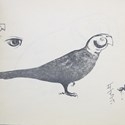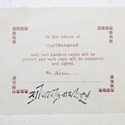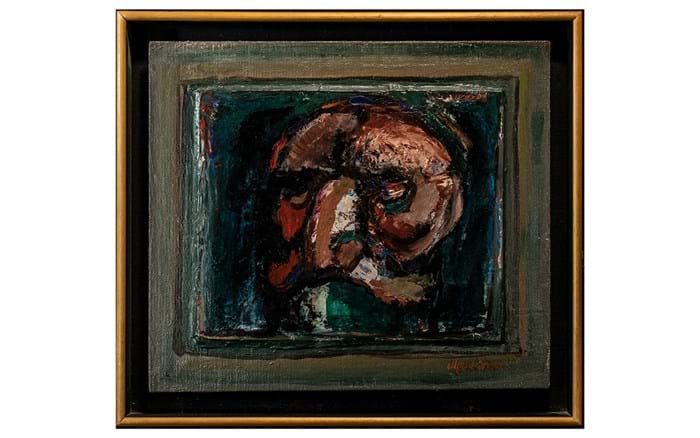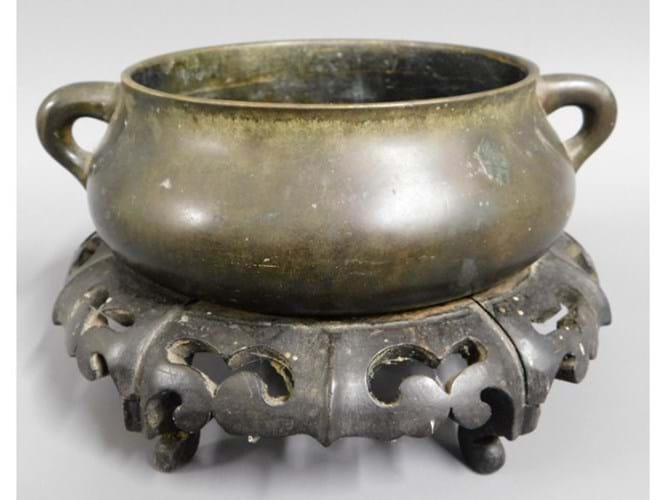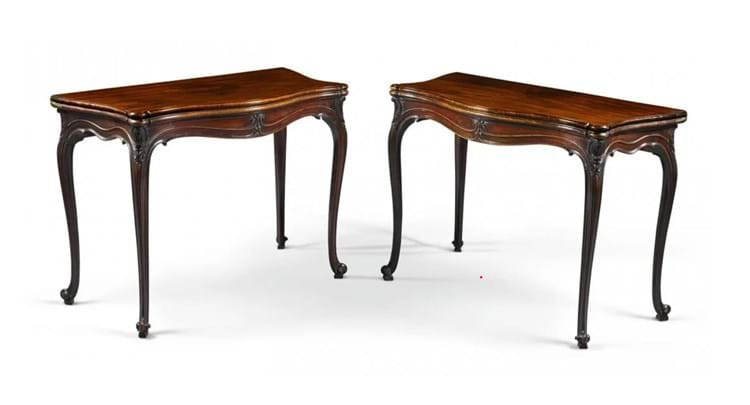
1. George III carved mahogany tables
A pair of George III carved mahogany serpentine fold-over tables (above) sold for $30,000 (£23,000) at Roland Auctions in Glen Cove, New York on January 1. Guided at $6000-8000, they found plenty of admirers although the winning bid was less than half the pair had achieved just four years ago.
The tables (one with baize for cards, the other a tea table) are very much in the ‘French’ Chippendale style c.1765 but they are possibly Scottish. When they formed part of the March 2017 Sotheby’s sale of property from the Forbes of Pitsligo it was suggested they “relate to a growing body of high quality mid 18th century Scottish furniture that was chiefly produced by upmarket Edinburgh cabinet-makers or skillful estate wrights, relying on the latest pattern books and often copying directly from examples executed in London.” The leading Edinburgh cabinet-maker Alexander Peter, who supplied much of the furniture to Dumfries House, is a candidate for their manufacture. In 2017 the tables had made £50,000.
2. Chitrakshar album
Rabindranath Tagore (1861- 1941), the Nobel prize winning poet, writer, composer, philosopher and social reformer, began to practice as an artist at the age of 60. Among his works from the 1920s was a series of line drawings executed onto zinc plates that were printed in small editions of 200-250 by his eldest son Alokendranath.
These private press books known as the Chitrakshar albums are rarely seen at auction but one emerged for sale at Claydon Auctions of Middle Claydon, Buckinghamshire on December 29. Dating from 1929 and number 9/200, it featured a series of drawings of birds, reptiles, mammals and fish in a black and gilt leather binding. It was estimated at just £50-100 but sold for £3000.
3. Qing bronze fragment
This Qing bronze fragment, measuring a substantial 19in (47cm) across, was once part of a magnificent sculpture of a crane that adorned an imperial palace. Similar models, symbols of noble character and longevity, still reside in the Forbidden City.
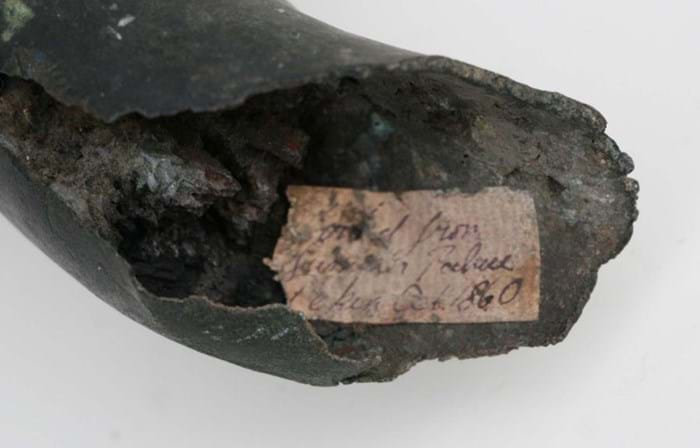
Qing bronze fragment with a label stating it was taken from the Old Summer Palace - £3800 at Clarke’s Auctions.
This probably 18th century head, with a patina suggesting it was displayed outside, carries an old collector's label stating it was taken 'From Summer Palace Peking, October 1860'. Objects removed by French and British soldiers during the sacking of the Yuan Ming Yuan or Old Summer Palace at the end of the Second Opium War have a particular resonance in China and are valued by more than mere aesthetics. When offered by Clarke’s Auctions in Semley. Dorset on December 29-31 with a guide of just £80-120, it sold at £3800.
4. Alfred Cohen picture
The American artist Alfred Cohen (1920-2001) was inspired in particular by the colour and handling of the Post Impressionists and the imagery of the Commedia dell'arte. Although trained in his native Chicago, he was awarded a fellowship to study in continental Europe in 1949 and settled in London in 1960. His exhibitions at the Ben Uri gallery in 1858 and at the Obelisk Gallery in 1960 were the first of nine one-man exhibitions in London.
Cohen’s 1963 exhibition of Commedia dell'arte works at the Brook Street Gallery was among his most successful and, according to the gallery labels verso, was the source of this 14 x 16in (35 x 38cm) oil on board. It is titled 'A Small Masque of Old Pantalone' and dated 1963.
It came for sale at Gerrards of Lytham St Annes, December 21 with a guide of just £40-60 but did rather better bringing £2300.
5. Chinese censer
The relatively short reign of the Ming emperor Xuande (1425-35) was considered a high point in the production of bronze works of art. Such was the reverence for these wares that a large number of bronzes made during the 17th and 18th centuries have honorific apocryphal marks to their base. This example, with its carved hardwood stand measuring 8in (20cm) across, is one of a group of Qing censers made in imitation of Song dynasty prototypes. It has a four-character Xuande mark. It emerged for sale with a descriptive catalogue description and an estimate of £200-300 at Liskeard, Cornwall firm Clarks on January 1 and got the new year off to a flying start we it sold at £38,000.


